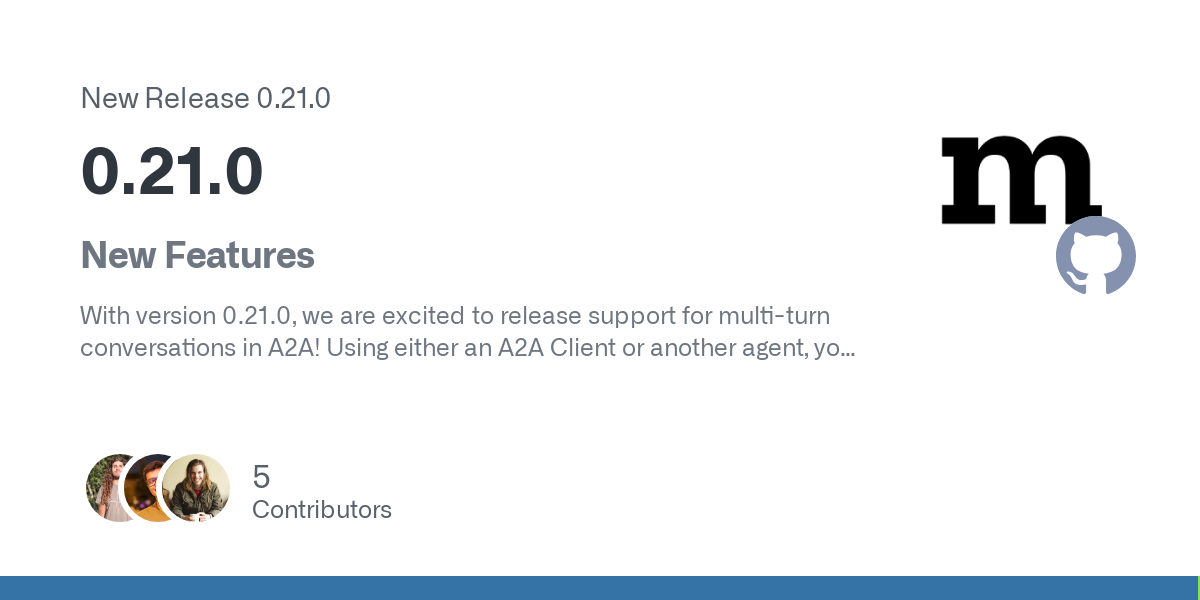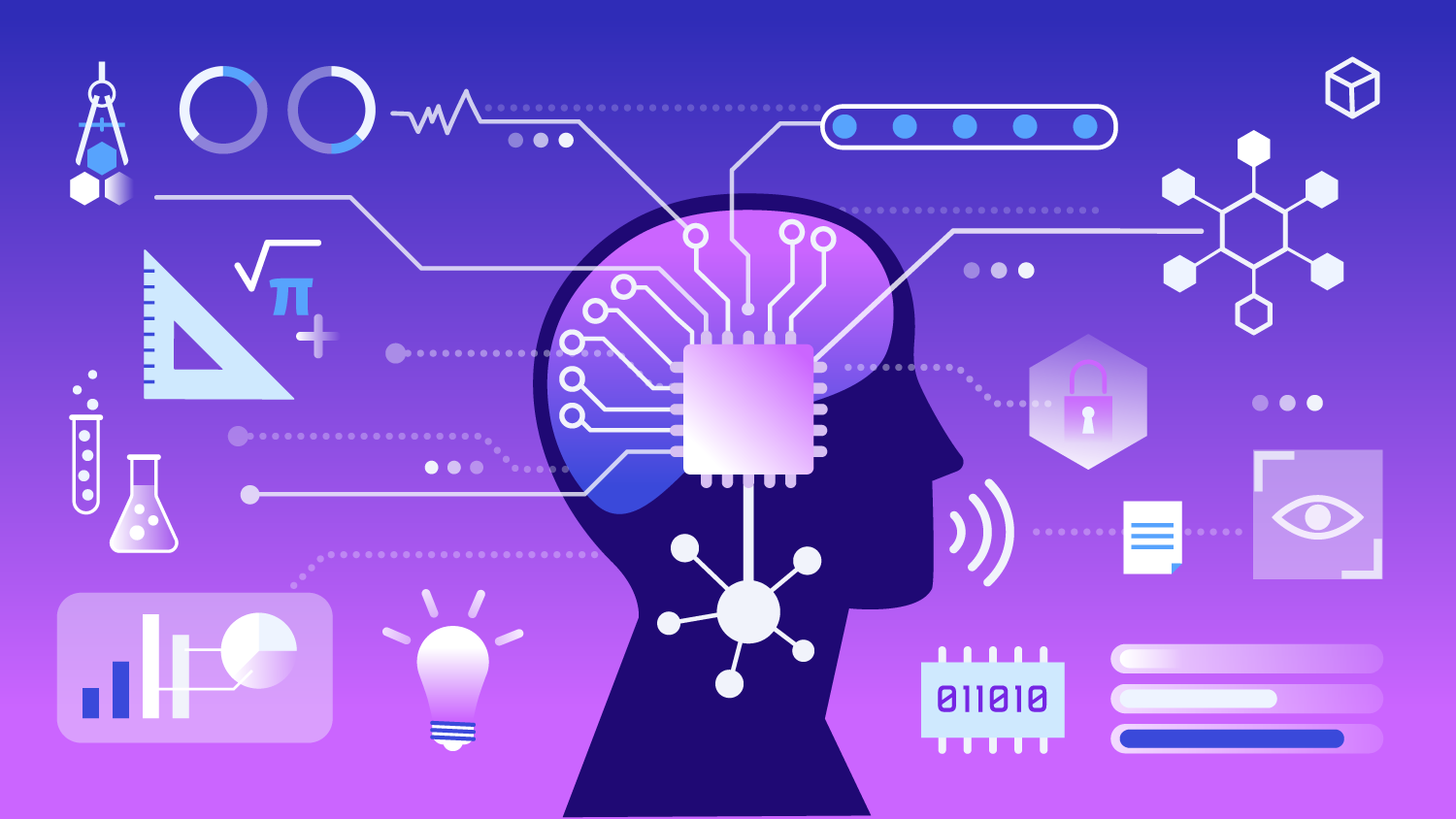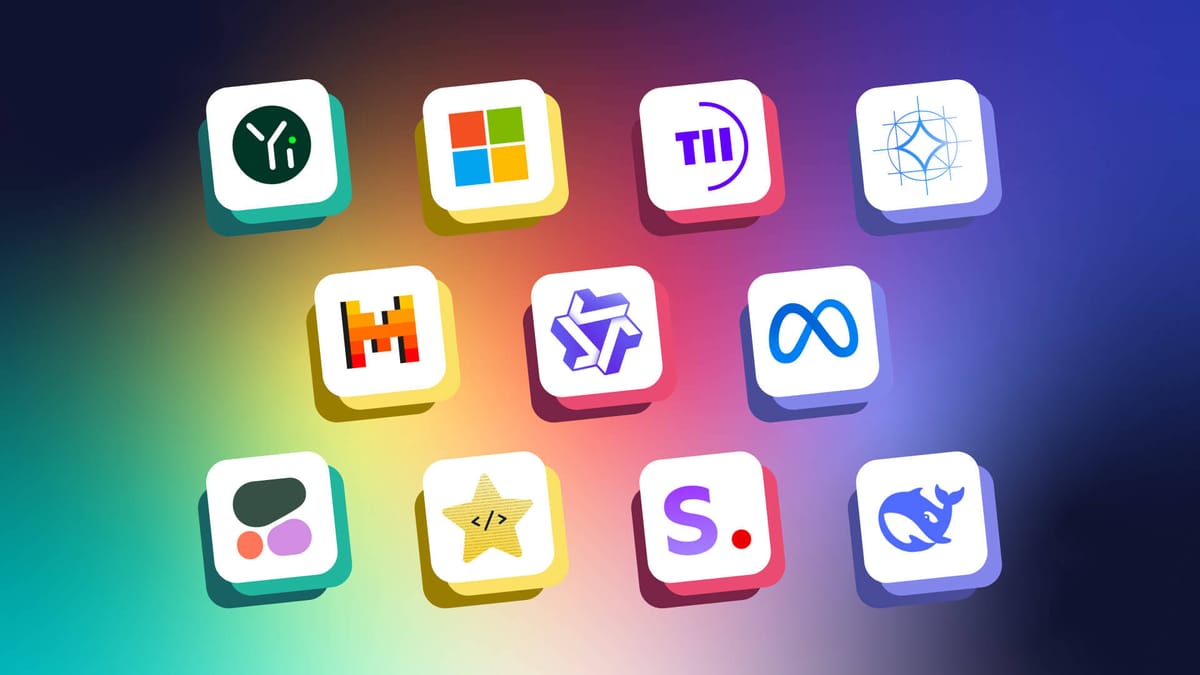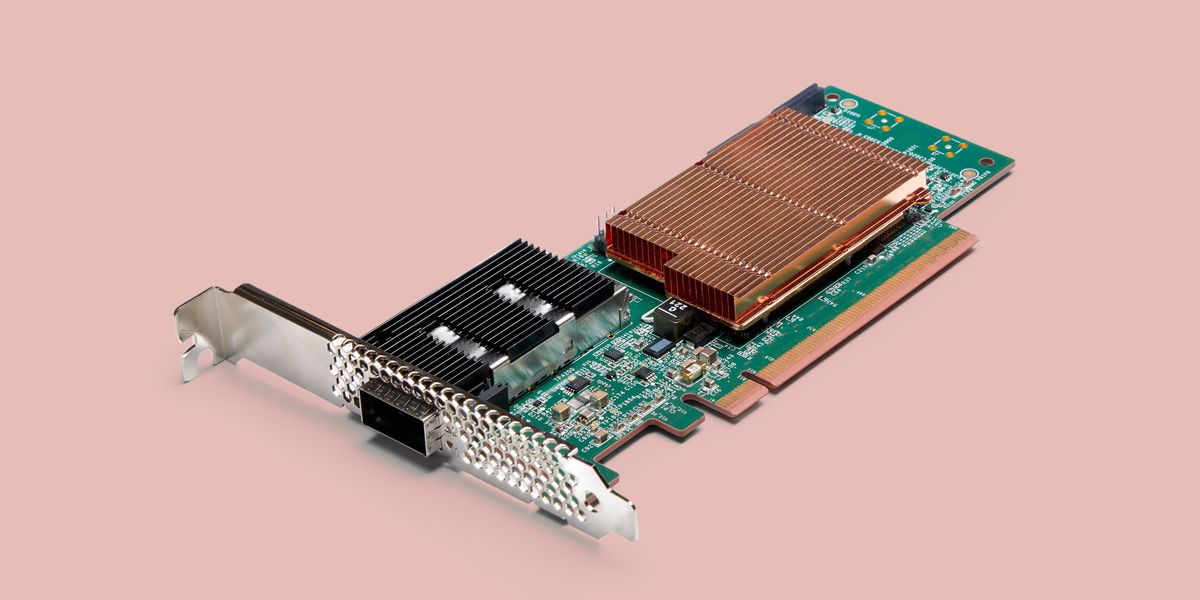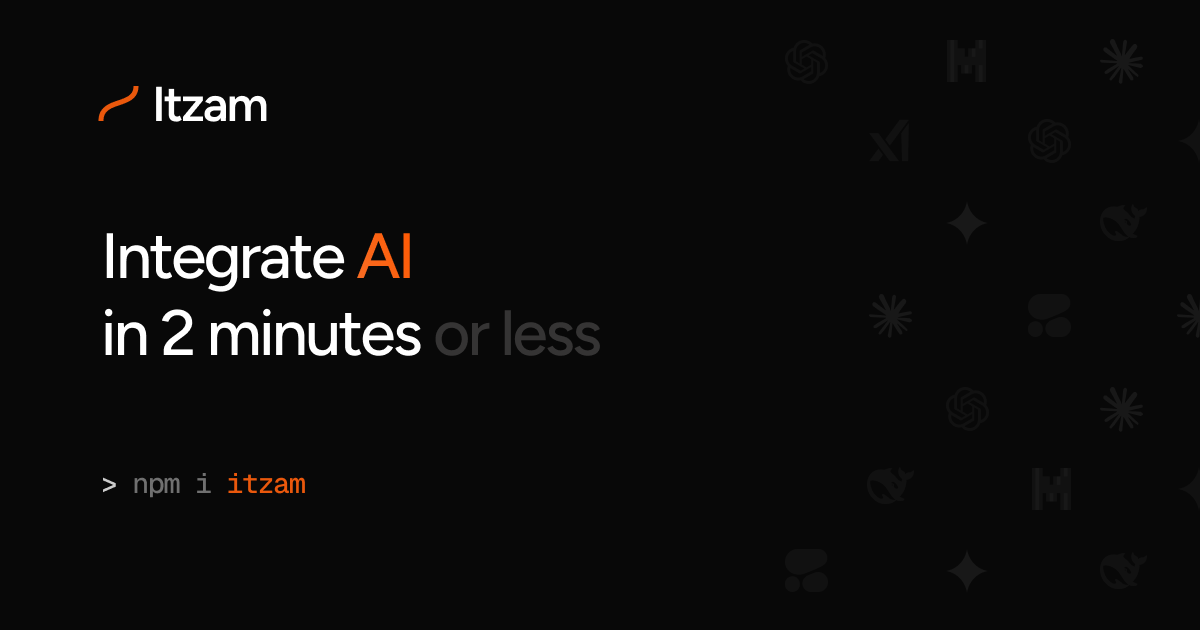Version 0.21.0 introduces multi-turn conversation support in A2A, allowing interactions between an A2A Client and agents. Although a detailed cookbook is not yet available, users can refer to two comprehensive tests for guidance on building multi-turn functionalities. Notable test examples include interactions via test_task_management_multi_turn_conversation and test_multi_turn_a2a_tool.
Key changes in this release include updates to the a2a-sdk, elimination of unused pytest marks, and addressing deprecation warnings in Pydantic. Additional features enhance output handling through retry logic and JSON validation, alongside improvements to the multi-turn functionality of agents. A pre-commit autoupdate was made, version attributes were made accessible, and documentation was updated to include exception information. Overall, the release focuses on refining the integration tests’ reliability and providing robust support for multi-turn conversations within the A2A framework.
